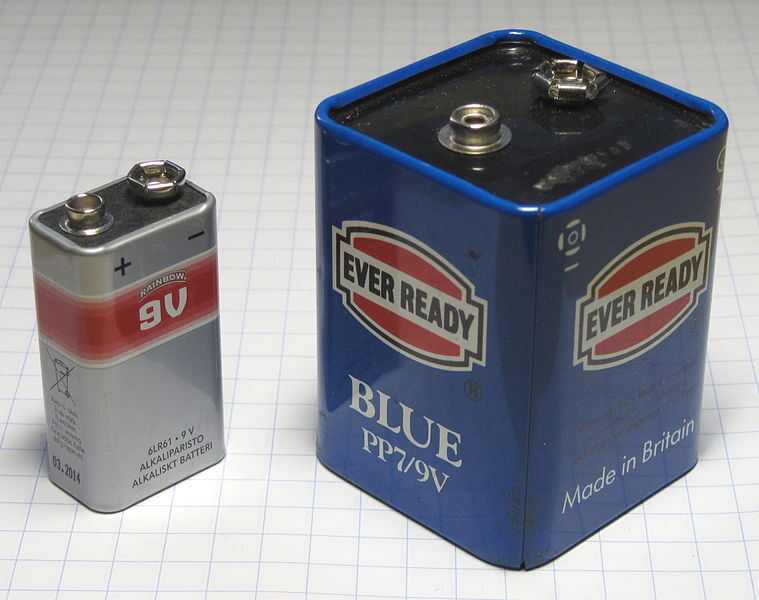Stored Energy Definition, Types, Examples, Hazards
Stored energy is energy that is contained by a body or system within its thermodynamic boundaries, and which occurs in potential form.
This article discusses stored energy definition, types, examples, and hazards, as outlined below;
-Stored Energy Definition: 6 Ways to Define Stored Energy
Stored Energy Definition: 6 Ways to Define Stored Energy
The meaning of stored energy is simply energy that has accumulated significantly in a physical, chemical or biological medium. It is the main product of the process of energy storage, and is what is contained in all materials referred to as energy resources.
From the above, it is obvious that stored energy definition can be given from various perspectives and fields including physics, biology and chemistry.
Stored energy in physics is mainly defined based on thermodynamic laws and and contexts. The definition of stored energy in thermodynamics is as follows;
Stored energy is energy that is contained in a given body or system, within definite boundaries, so that it can easily be quantified [3].
The following stored energy definition, addresses the recurrent question of whether stored energy is potential or kinetic;
Stored energy is potential energy that is contained within a body by virtue of its stationary state and position, as different from kinetic energy that is contained in a body by virtue of its motion [2].
It can be derived from the above that stored energy is not kinetic energy, but rather potential, since a body in motion uses up its stored energy by converting from its potential form to kinetic form.
The next stored energy definition, given below; defines it from the perspective of biology and biological systems;
Stored energy in biology is chemical bioenergy that is contained in the mitochondrion of organic cells, usually in the form of adenosine triphosphate (ATP) molecules [1].
In ecosystems, biomass usually acts as an energy storage system, in which chemical energy that has been derived by the conversion of solar energy in photosynthesis, is contained.
It is also transferred from one organism and trophic level to another, through feeding. This is the basic principle behind ecological concepts like the energy pyramid and food chain.
An alternative stored energy definition is given below, which describes the concept in the basis of energy storage systems and technologies;
Stored energy is energy that is accumulated as a result of energy conservation and management measures, such as the use of deep-cycle and flow batteries; in order to minimize wastage and conserve energy resources.

Lastly, stored energy definition is outlined based on hazards associated with energy storage;
Stored energy refers to significant amounts of potential energy accumulated and confined within a medium, which can have damaging environmental impacts if released suddenly, as with scenarios like earthquakes, atomic bomb detonation, gasoline and battery explosions.
Types of Stored Energy
Types of stored energy are;
1). Chemical potential energy
2). Gravitational potential energy
3). Hydraulic potential energy
In other studies, mechanical, pneumatic, nuclear and even kinetic energy are often listed as types or examples of stored energy. This is not quite the case, because such energy forms only occur when stored energy is released and thereby converted to other types of energy.
It implies that while they are products of stored energy, they cannot be described as being stored energy itself, because they do not occur in confinement within the thermodynamic boundaries of any system.
Nuclear energy is an example of stored energy, but falls under chemical potential energy and should not be classified as a distinct type of stored energy (it is rather a sub-type alongside other chemical potential forms like bioenergy).
Stored Energy Examples
Stored energy examples are:
1). Hydro energy of stored water, such as contained in dams and reservoirs
2). Fossil fuel energy
3). Bioenergy in organic cells
4). Hydrogen energy
5). Energy in fuel cells and batteries
Stored Energy Hazards
Stored energy hazards are;
1). Battery electrocution
2). Pressurized-gasoline explosion
3). Earthquake
4). Water dam breakage
5). Hydrogen explosion
The effects of stored energy hazards include; infrastructural damage, economic loss, habitat destruction, energy wastage, environmental degradation, injury and death. While some of these may be listed in some studies as hazards of stored energy, it is important to distinguish them from the actual hazards, of which they are effects.
Conclusion
Stored energy is any significant, definite amount of energy that occurs within the boundaries of a given body or system.
Types of stored energy are; chemical, gravitational and hydraulic potential energy.
Examples of stored energy are: hydro energy of stationary water bodies, fossil fuel energy, organic bioenergy, hydrogen energy, and energy in fuel cells/batteries.
Stored energy hazards are; battery electrocution, pressurized-gasoline explosion, earthquake, water dam-breakage, and hydrogen explosion.
References
1). Dunn, J.; Grider, M. H. (2022). "Physiology, Adenosine Triphosphate." 2022 Feb 17. In: StatPearls [Internet]. Treasure Island (FL): StatPearls Publishing; 2022 Jan–. PMID: 31985968. Available at: https://pubmed.ncbi.nlm.nih.gov/31985968/. (Accessed 4 March 2023).
2). Hetch, E. (2016). "Relativity, potential energy, and mass." European Journal of Physics 37(6):065804. Available at: https://doi.org/10.1088/0143-0807/37/6/065804. (Accessed 4 March 2023).
3). Yan, Y.; Pan, H.; Godfrey, A.; Jensen, D. J.; Zhang, X. (2022). "Stored energy calculation in AA 1050 based on deformation microstructure from electron backscatter diffraction data." IOP Conference Series: Materials Science and Engineering, Volume 1249, 42nd Risø International Symposium on Materials Science: Microstructural variability: Processing, analysis, mechanisms and properties 5–9 September 2022, Department of Civil and Mechanical Engineering, Technical University of Denmark, Denmark. Available at: https://doi.org/10.1088/1757-899X/1249/1/012064. (Accessed 4 March 2023).




